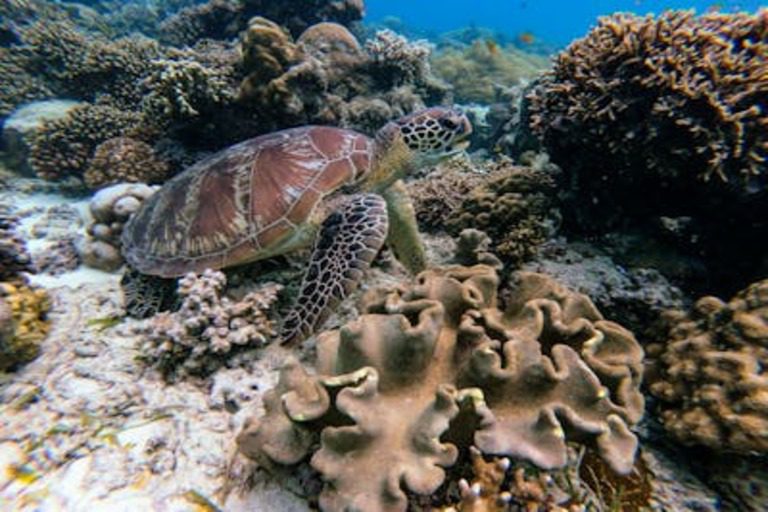
Climate Change Oceans Silent Crisis
The seas, which make up over 70% of the planet’s surface, are essential to life as we know it. They generate oxygen, control the climate,and sustain various vibrant marine habitats.”Climate Change Oceans Silent Crisis”The effects of climate change on the ocean and marine life are a quiet disaster that is developing at an alarming rate beneath the glittering surface. In this piece, we explore the dramatic effects of ocean acidification, sea level rise, temperature rise, and other climate-related changes on the delicate balance of marine ecosystems and the wide variety of organisms that live there.
1.Coral Reefs The Rainforests of the Sea Under Threat
One of the planet’s most biodiverse ecosystems is coral reefs, sometimes called the rainforests of the sea. Yet because of climate change, they are dealing with never-before-seen difficulties. Coral bleaching events are brought on by rising water temperatures, which force corals to drive out the symbiotic algae that give them color and nourishment, leaving behind ghostly white skeletons.
2.Acidifying Seas A Looming Catastrophe for Marine Life
Marine life is seriously threatened by ocean acidification, which is caused by the atmosphere’s surplus carbon dioxide being absorbed. The ability of marine creatures like corals, shellfish, and plankton to form their calcium carbonate skeletons and shells is impeded by the increasing acidity of seawater. This poses a threat not only to the survival of these species but also to the dynamics of ecosystems and marine food webs, with far-reaching effects on global fisheries and coastal communities.
3.Melting Ice, Changing Habitats
In the polar regions, climate change is causing rapid ice melt, transforming the Arctic and Antarctic landscapes and reshaping marine habitats. Species such as polar bears, penguins, seals, and whales are facing unprecedented challenges as their icy homes disappear beneath them. In the Arctic, retreating sea ice threatens the survival of polar bears, while in Antarctica, melting ice shelves disrupt krill populations, a key food source for numerous marine predators. These changes not only impact individual species but also have cascading effects throughout polar ecosystems.
4.Rising Tides, Sinking Shores
Many species’ survival is at risk due to sea level rise, which is being caused by melting glaciers and seawater’s thermal expansion. Coastal ecosystems are being pushed closer to the coast. Seagrass meadows, salt marshes, and mangrove forests are vital marine life nurseries and feeding grounds that are disappearing at an alarming rate. The numerous species that depend on these areas for survival—from fish species that are crucial to the fishing industry to migratory birds and sea turtles—also die when these habitats disappear.
“Climate Change Oceans Silent Crisis” The impacts of climate change on the ocean and marine wildlife are profound and far-reaching, posing existential threats to ecosystems, biodiversity, and human societies around the world. Urgent action is needed to mitigate climate change, reduce carbon emissions, and protect and restore marine habitats. By safeguarding the health of our oceans, we can secure a sustainable future for generations to come, where marine life thrives in harmony with the planet.